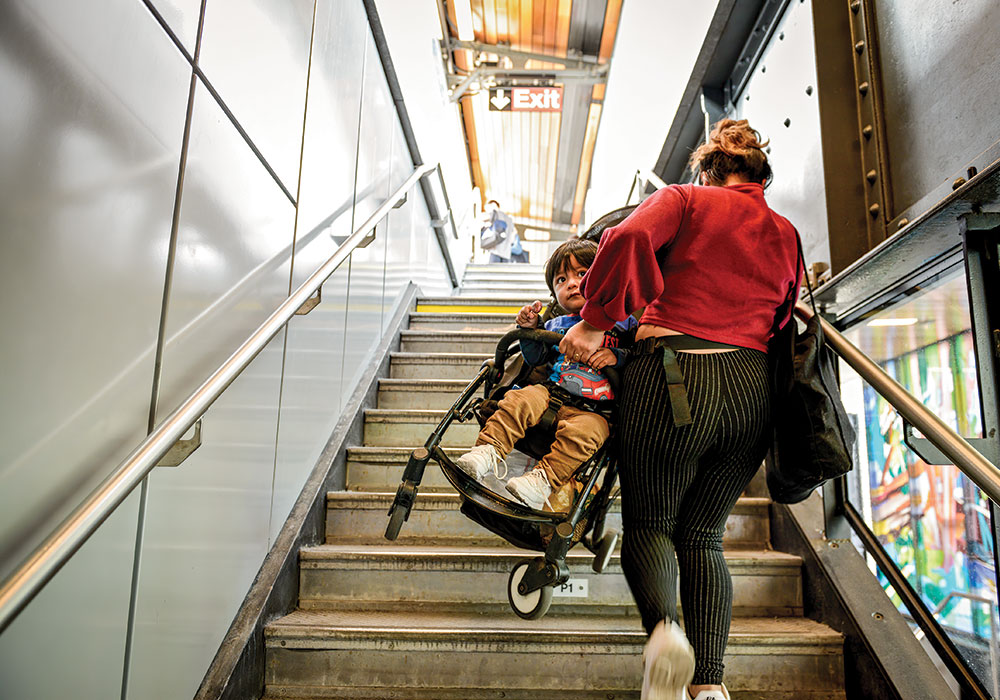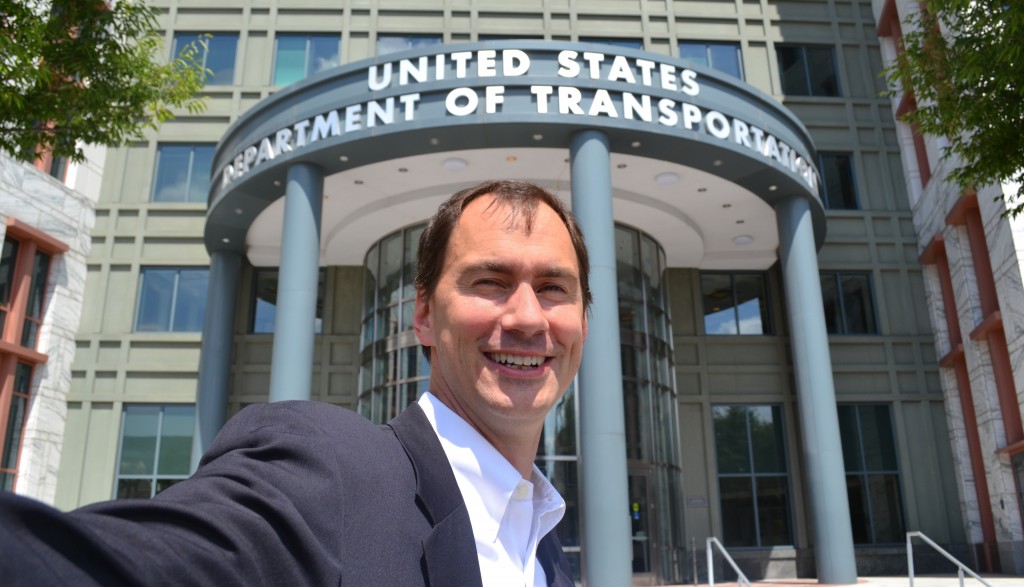
Last-minute budget deal holds good news for the safety of all who use our roads

In a rare weekend session, the U.S. Senate finally passed the FY2015 Omnibus Appropriations Act, sending it to the President and avoiding a government shutdown. Buried deep within the legislation – far from the controversial provisions that kept the Senate working late – was a simple paragraph enacting a proposal that Transportation for America and many others have long advocated for: a directive to the U.S. Department of Transportation (USDOT) to make the safety of people on foot or bicycle a criterion for measuring the performance of our transportation system.
By way of background, two years ago MAP-21 created a framework for measuring the performance of the transportation system, to begin to hold agencies accountable for results. The U.S. DOT this year proposed the first of three related rules to implement the program. That first proposed rule dealt with measuring safety (see our original post for more details). One of several major flaws in that proposal was that it lumped in people in vehicles with those using non-motorized modes.
By that measure, significant improvements in vehicle safety could obscure the opposite trend in the safety of people on foot or bicycle. In truth, some safety projects designed to protect those driving at higher speeds can be hazardous to those who are not in cars. Allowing states and metropolitan planning organizations to avoid accounting for the safety of non-motorized users would allow them to focus on motor vehicle traffic even at the expense of other users.
Advocates for roadway safety for all users have been carrying that message to Congress since June, and those efforts have now borne fruit. The transportation portion of the Omnibus, directs the Secretary of Transportation to establish separate safety performance measures for non-motorized travelers and publish a final rule by September 30, 2015.
Inclusion of this language is a positive move by the House and Senate negotiators on the Omnibus, and we commend them for understanding that roadway safety is about everyone who uses the roadways, not just people in cars.
Chalk that up as a victory, but there is more work to be done to fix the safety rule. Another flaw in the proposal was that states and MPOs are allowed to meet only two of four performance targets – a 50% pass rate – and still be deemed successful. Under the proposed rule, traffic fatalities or serious injuries could be going up and a state could still be found to be making significant progress on safety. In our comments to USDOT, Transportation for America proposed a simpler, more effective method for measuring progress – one that could be applied not just in the safety context, but across all of the performance measures MAP-21 requires.
As yet, we have heard nothing in response from USDOT. According to the schedule posted on the agency’s website, the next proposed rule in the series, having to do with infrastructure conditions, should have been released a month ago (nearly a year after the original deadline MAP-21 set for completion of all three performance measure rules). We are still waiting.
Will the next rule adopt our recommendations and those of hundreds of other commenters and establish a meaningful structure for measuring performance, one that ensures better outcomes for the traveling public? Or will the next rule also be too weak to be effective? Stay tuned.



